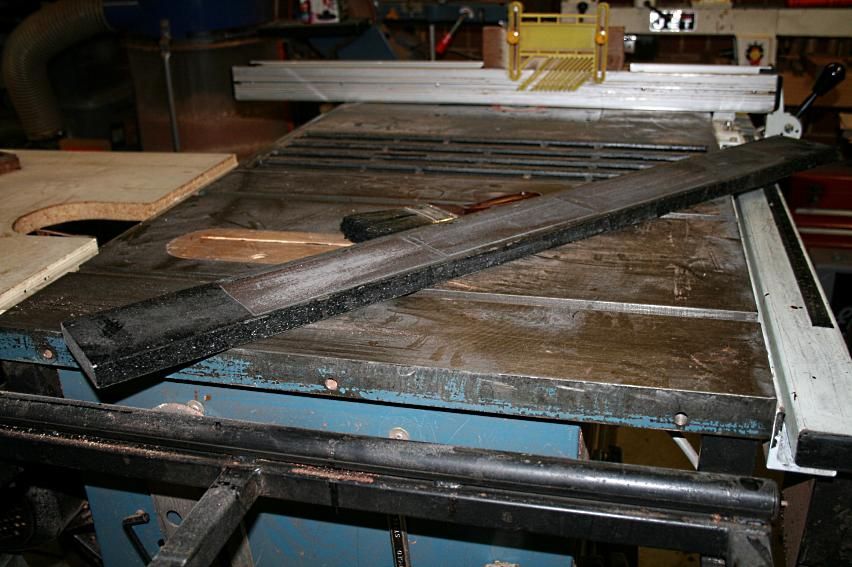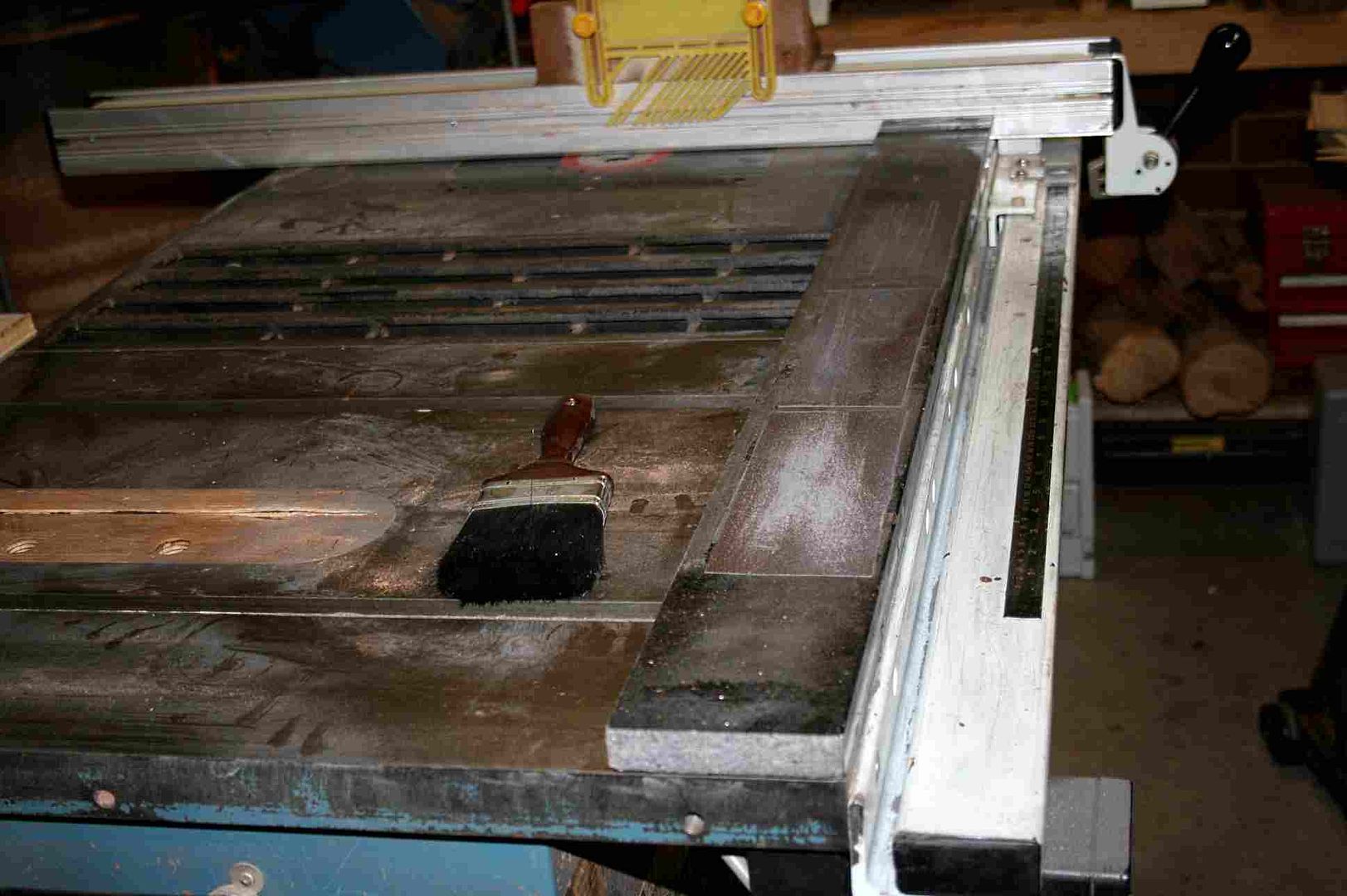Simply put... I suck at it. I bought a piece of fairly thin glass from home depot and have adhered sandpaper to it using spray adhesive. I put so much time and sweat into trying to lap my Stanley #4 this way and I can't believe how little progress I made. I used 60 grit for 30 minutes straight and I couldn't remove a pretty shallow scratch from the sole (where someone must have run over a nail). I couldn't even tell the difference honestly.
Is this normal? When people say "this takes a while" are they talking hours per plane? Is it possibly because I am using the wrong sandpaper (or too low quality?).
I could really use some advice. I have never been more close to trying to justify purchasing a LN plane, which I can't really afford right now





 Reply With Quote
Reply With Quote








